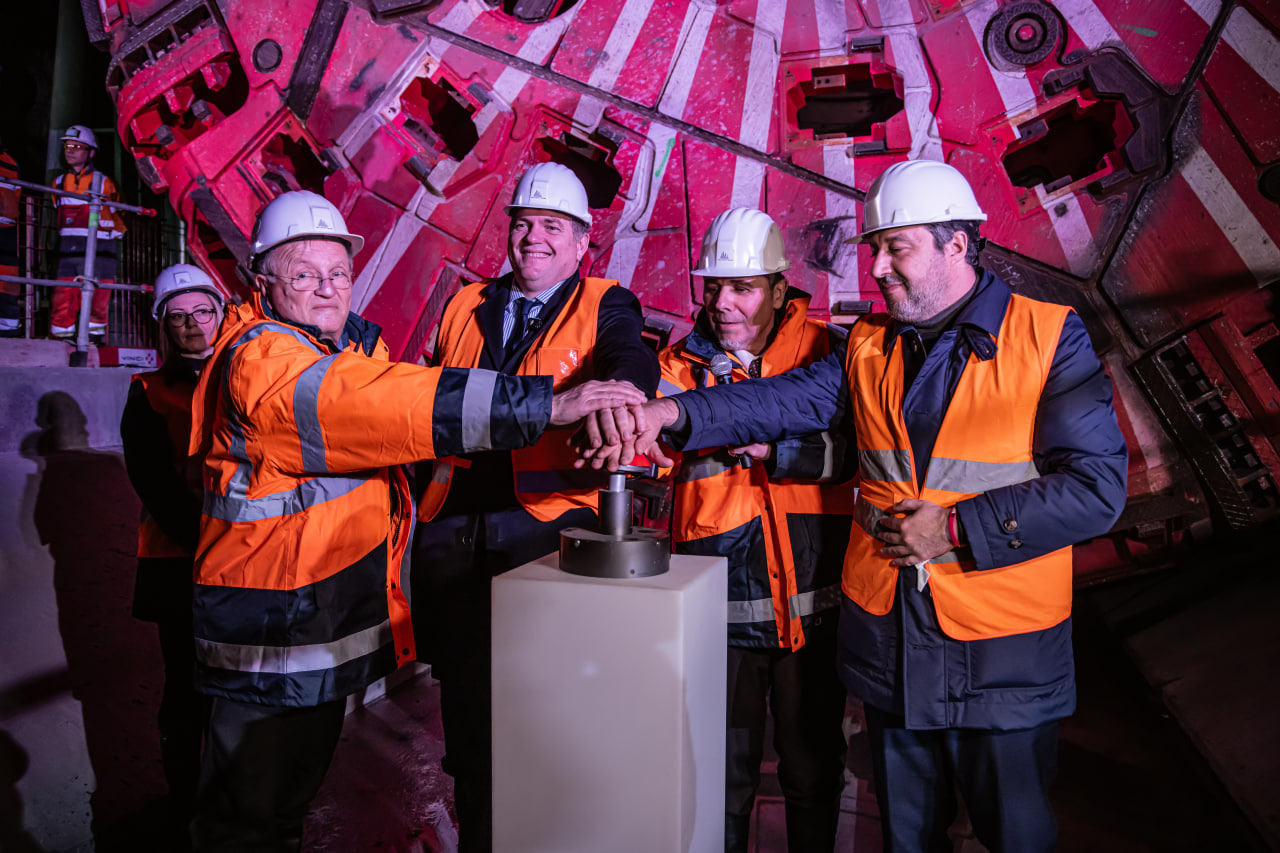On Monday, October 27, 2025, the French Embassy in Italy was the setting for the Lyon Turin Engagement Forum (LTEF). To mark the 10th anniversary of its creation, the French-Italian public promoter TELT (Tunnel Euralpin Lyon Turin) offered interested stakeholders (professionals, researchers, journalists and students) the opportunity to attend a conference named “Future Cornerstones: The Essential Conditions for the Next-Generation Infrastructure, from Design to Management.”.
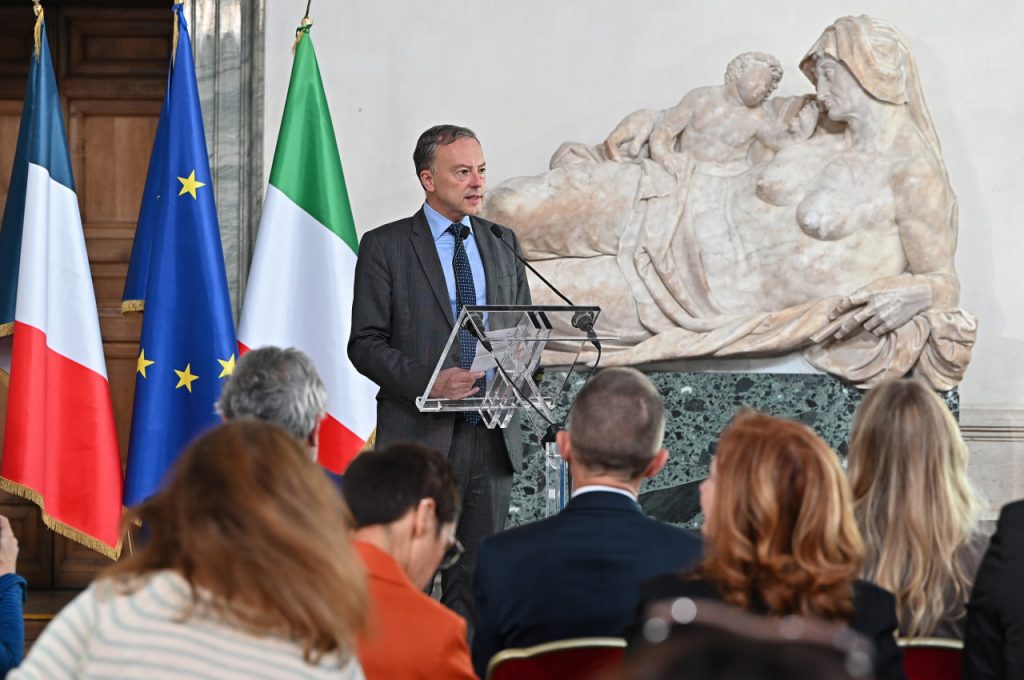
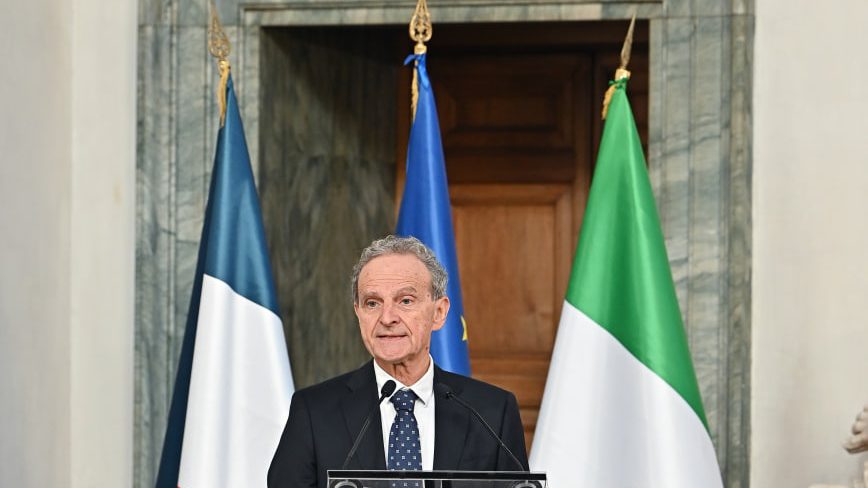

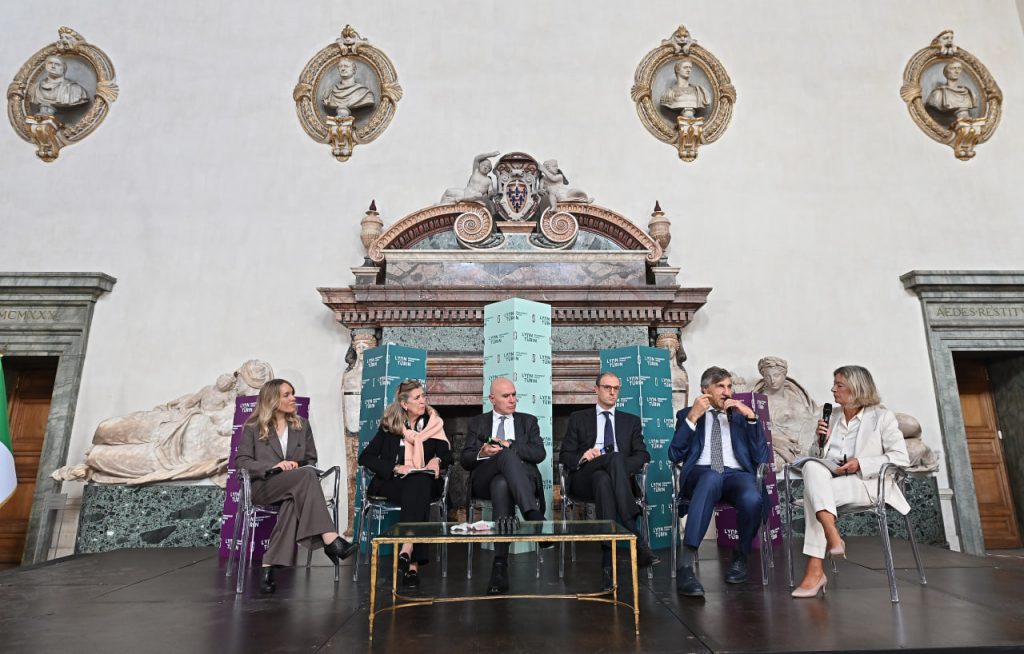
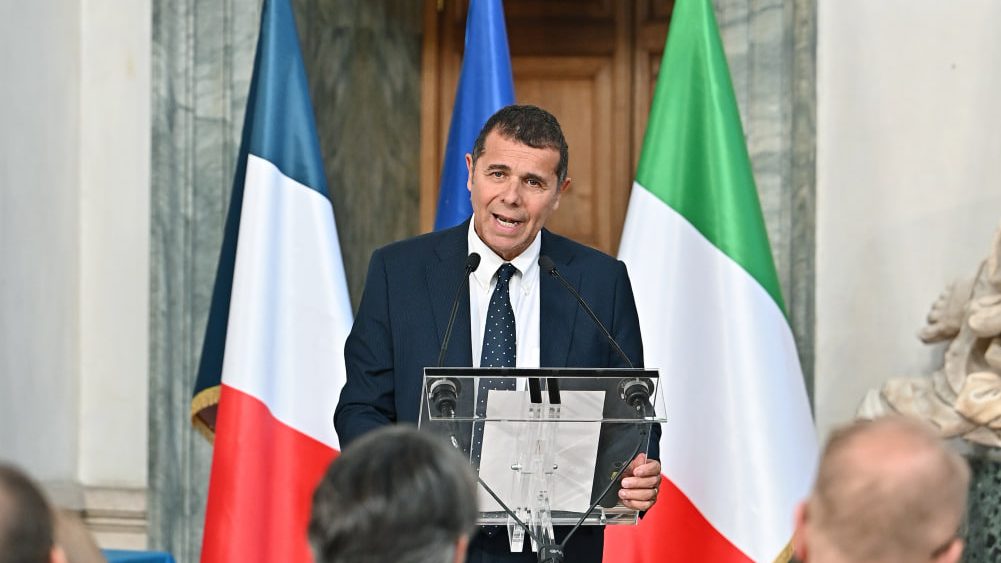
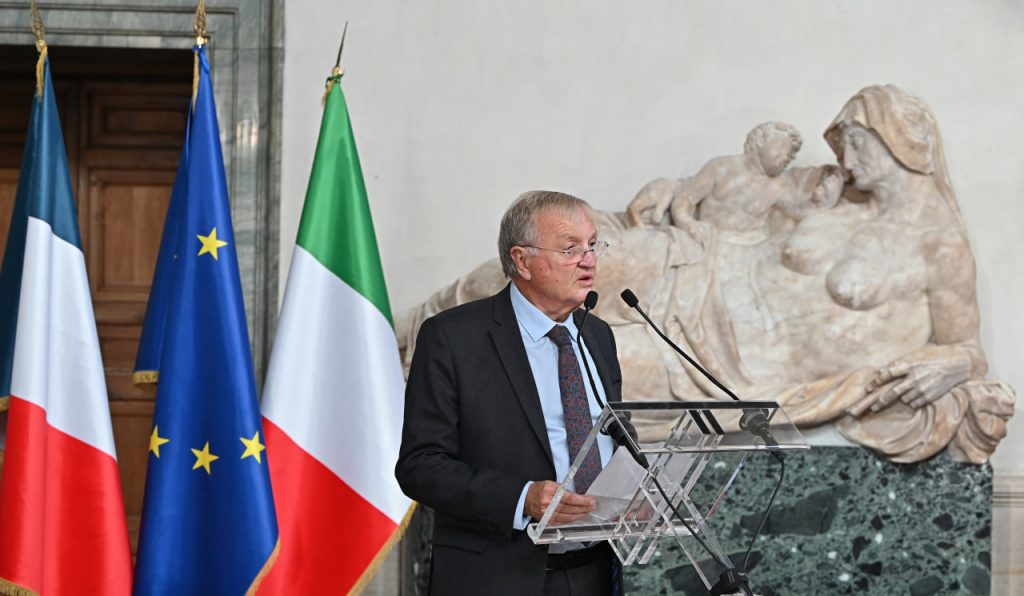
TELT President, Daniel Bursaux called it “the project of the century”. Ambassador Martin Briens described it as “an extraordinary work”. Although the conference was organized with the intention of celebrating, the focus was mainly on the future: that of the “longest and deepest” underground railway construction site in the world, which will connect Italy and France across the Alps in a fast way, but also and above all that of tomorrow’s mobility and infrastructure. TELT is devoting a major part of its efforts to establishing its future goals, from halving the amount of goods transported by road on the western Alpine arc to developing the European Trans-European Transport Networks (TEN-T) project, of which the Lyon-Turin line will become a vital link. The words “Future Cornerstones” were highlighted by the LTEF organization to underline a common desire to “define the desired characteristics of the next generation of international infrastructure”. The sublime Palazzo Farnese, headquarters of the French Embassy in Rome, welcomed experts, company directors, TELT employees and representatives of other major international transport network projects (Rail Baltica, Canal Seine-Nord Europe…) to project themselves together into the future. France’s Ambassador to Italy, Martin Briens, opened the discussions in Italian, stressing the importance of ecology and the shared desire of both countries to develop the sustainable infrastructures needed for tomorrow’s mobility, which must be “fast, ecological, efficient and sustainable”. Daniel Bursaux backed up this point, pointing out that up to 60% of the materials used will be recycled and reused in the construction site, following a circular economy approach.
The project not only has an ecological dimension, but also wants to bring the two cultures closer together. This 57.5-km-long tunnel under the Alps is being built according to the same rules for both countries, which will each benefit from an international station (Saint Jean de Maurienne for France, Susa for Italy) in the future. 20 years of joint exploratory studies led to the design of seven tunnel boring machines (TBMs), the first of which, Viviana, was commissioned last month. According to Daniel Bursaux, the other six should follow in the next two years, with the longest measuring almost 300 meters. Transalpine work goes hand in hand for the 3,517 bi-national companies carefully selected in compliance with the transnational anti-mafia process. The Frenh-Italian “proximity paradox” theorized by former French Ambassador to Rome Christian Masset and used by Professor Marc Lazar, a specialist in relations between the two countries, during his lectio magistralis that day, and which echoes the difficulty of understanding and collaborating between the two countries, should be reduced thanks to this project.
The importance of a shared governance was discussed throughout the morning, particularly during the round table discussion at which Lionel Gros, TELT Deputy General Director for France, gave his definition. The governance of a project like this must be “three-dimensional: vertical (state, administrative), horizontal (geographical) and temporal”. From initial ideas, we move on to design meetings, project planning, implementation and maintenance. France and Italy went, are going and will go through these stages together.
Despite the “ecological, geological, health and political” challenges it has encountered and will continue to encounter, according to Daniel Bursaux the Euralpin Lyon-Turin Tunnel should appear “to future generations as useful and indispensable as the Channel Tunnel”.






